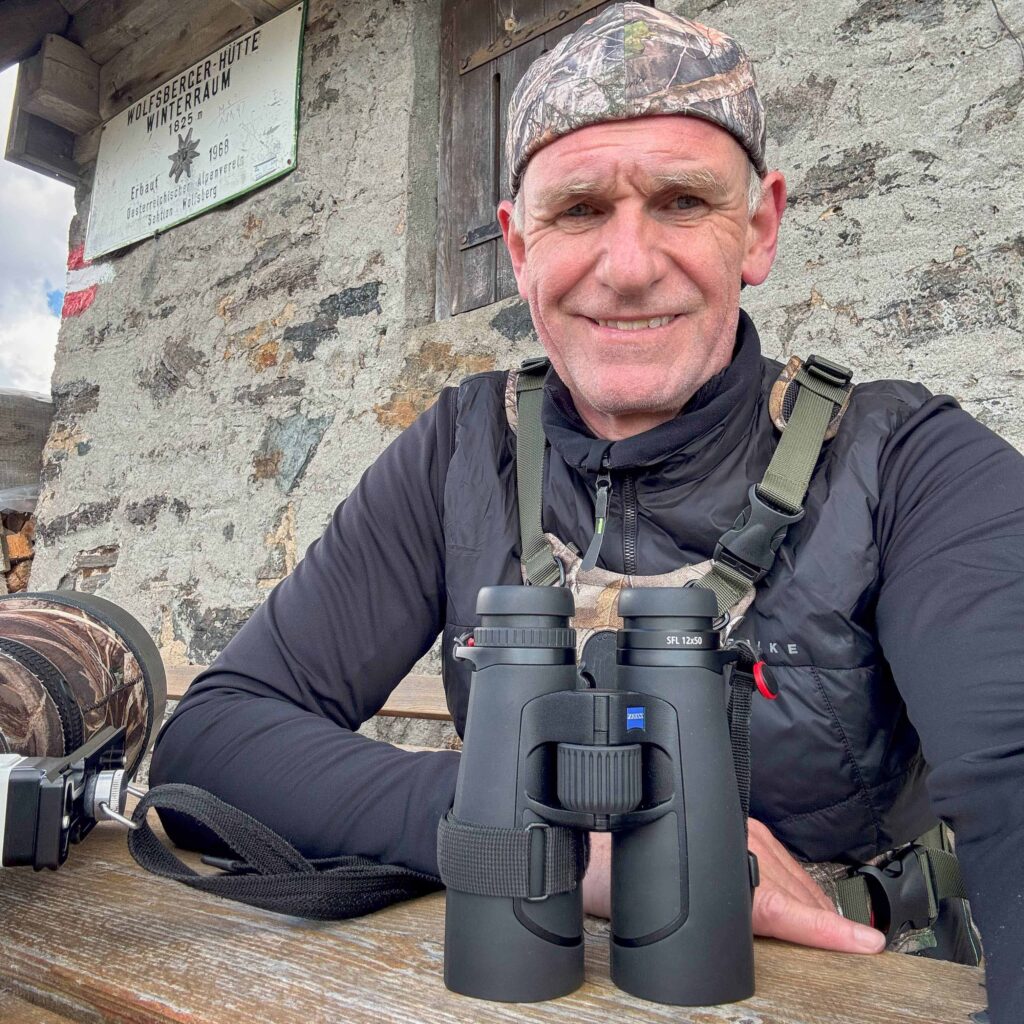
ZEISS provided me with the new SFL 12×50 for an intensive practical test – and I didn’t want to leave anything to chance. My goal: to find out how the glass performs in real extreme situations. I devised a test program that put every detail of the optical and ergonomic performance to the test – from dawn in the mountains to the last evening observation at a gull roost.
Day 1: Sunrise with black grouse and ptarmigan
Even before first light, I hiked over 600 meters up to the tree line of the Saualpe in Carinthia with 20 kg of photographic equipment on my back. In such conditions, every gram of weight you can save with binoculars around your neck counts. At an incredible 870 grams, the ZEISS SFL 12×50 is an absolute lightweight in its class – and didn’t make my ascent any more difficult. A huge plus when you put the optical properties in relation to the weight.
With the Birkhuhn-Balz, every minute counts – and every ray of light. The SFL 12×50 delivered an impressive performance here: despite the high magnification, the field of view is surprisingly large and the light transmission excellent. Particularly striking: the sweet spot is wide, the edge sharpness is convincing, and even in difficult sidelight there were no disturbing reflections.
A real highlight on this frosty morning: the operability of the focusing wheel. Despite wearing thick gloves, the focus could be adjusted quickly and precisely – a decisive advantage when speed is of the essence and the fingers have hardly any feeling.
When later scanning for rock ptarmigan over extensive alpine pastures, the glass once again showed its strengths to the full. The 12x magnification gave me exactly the extra range I needed for this type of birdwatching. Despite the birds’ perfect camouflage in the scree between the snowfields, I was able to detect the smallest movements thanks to the brilliant resolution – and spot and photograph several individuals of this fascinating bird species.
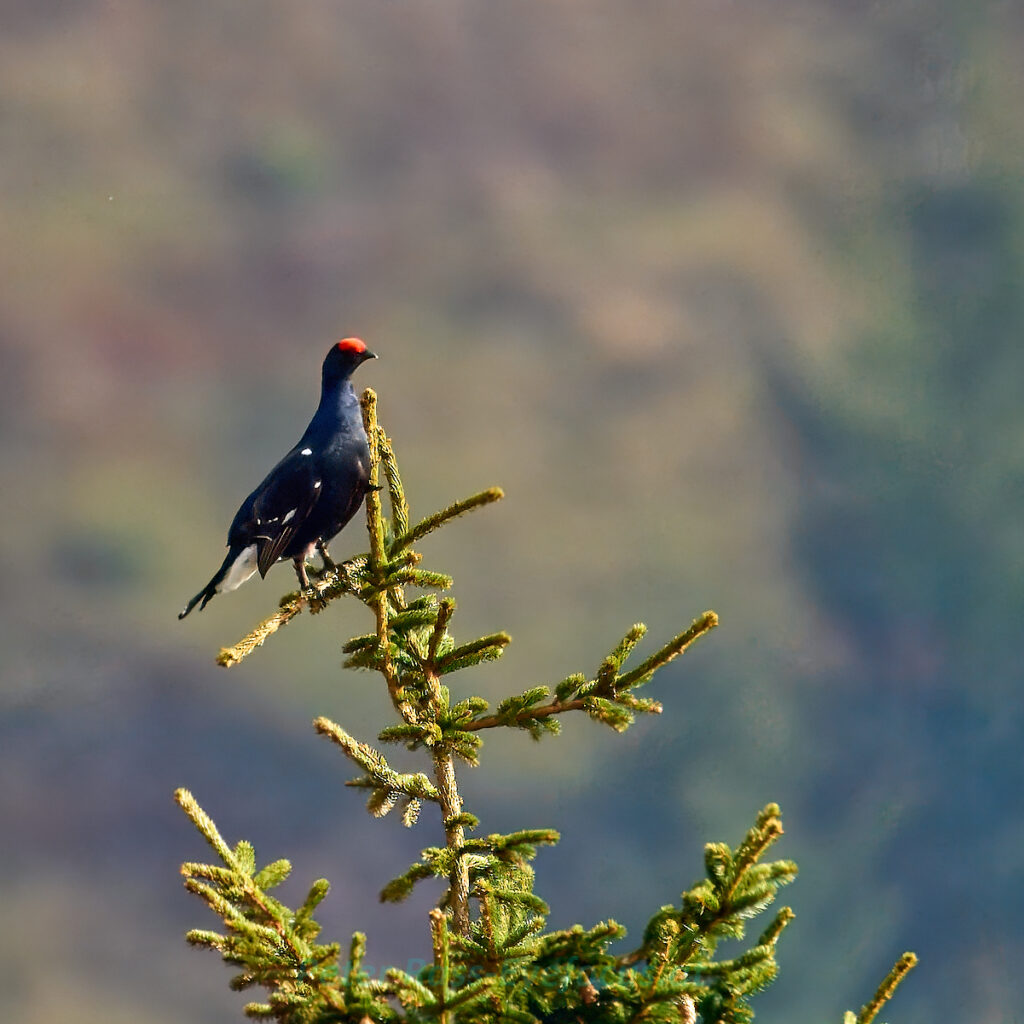

Day 2: Birds of prey migration over the Gailtal valley and support from Ernst Albegger
On the second day, to my delight, Ernst Albegger, founder of Club 300 Austria (https://www.club300.at), joined the SFL performance tour. The aim of the day was to gain experience in the continuous use of the ZEISS SFL 12×50 – and it became clear how much the glass can impress even an experienced professional like Ernst.
The bird of prey migration over the Carnic Alps in the Gailtal valley offered ideal conditions for a real endurance test: hours of sky observations in sun and clouds, thermals, back and side light. The SFL 12×50 once again shone with its perfect balance and low weight – a point that Ernst immediately emphasized. He was impressed by how steady the image remained despite 12x magnification and how little fatigue set in even after prolonged observation.
“Almost like having a built-in image stabilizer,” he said with a grin – and indeed, following migrating birds of prey for minutes on end felt amazingly stable. The ergonomically shaped center of gravity of the glass really paid off here. Whether observing snake eagles or golden eagles at long range or a hunting red-footed falcon in the immediate vicinity, the SFL 12×50 convinced us both in this application scenario.
Something we also noticed that day: The heat-induced flickering in the thermal is only minimally more noticeable with the 12x magnification than with a 10x magnification binocular. However, it did not impair the observation at all – on the contrary, the increased range and detail more than made up for this effect.
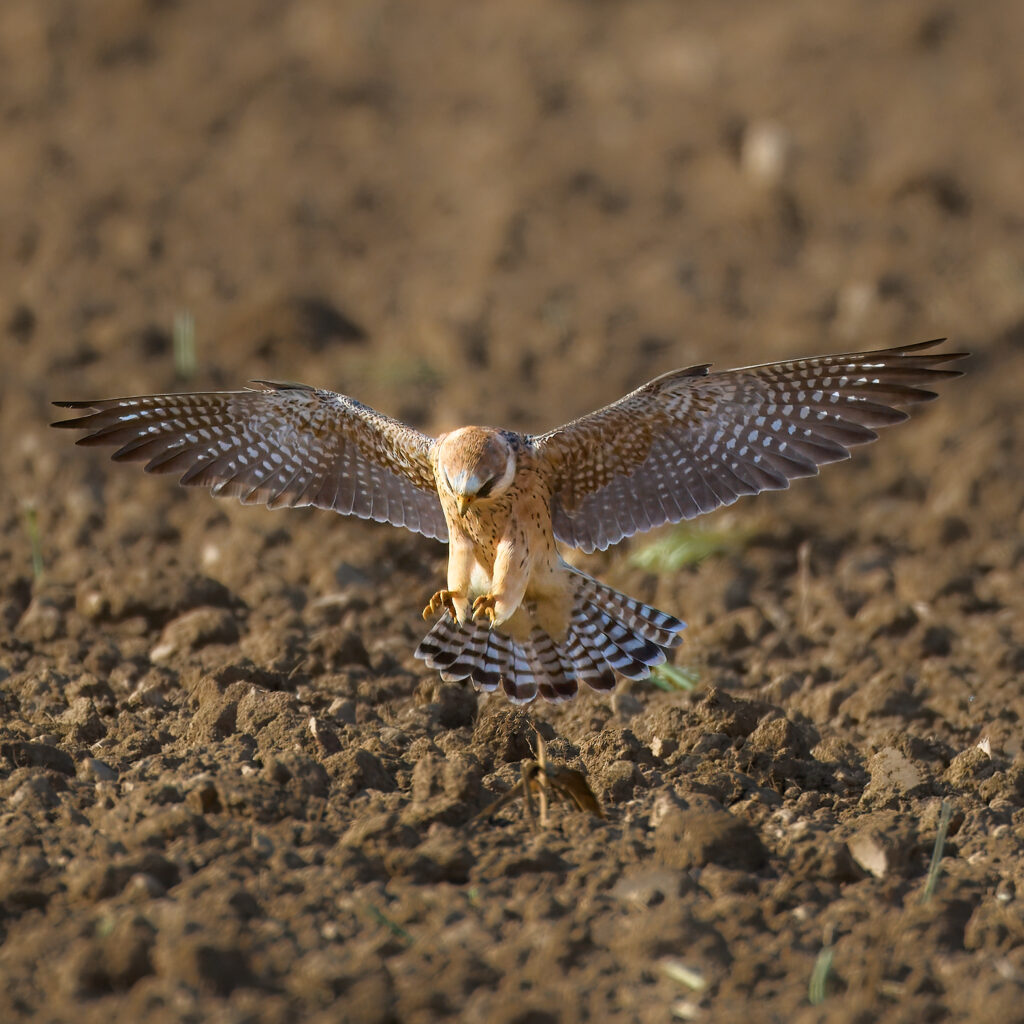
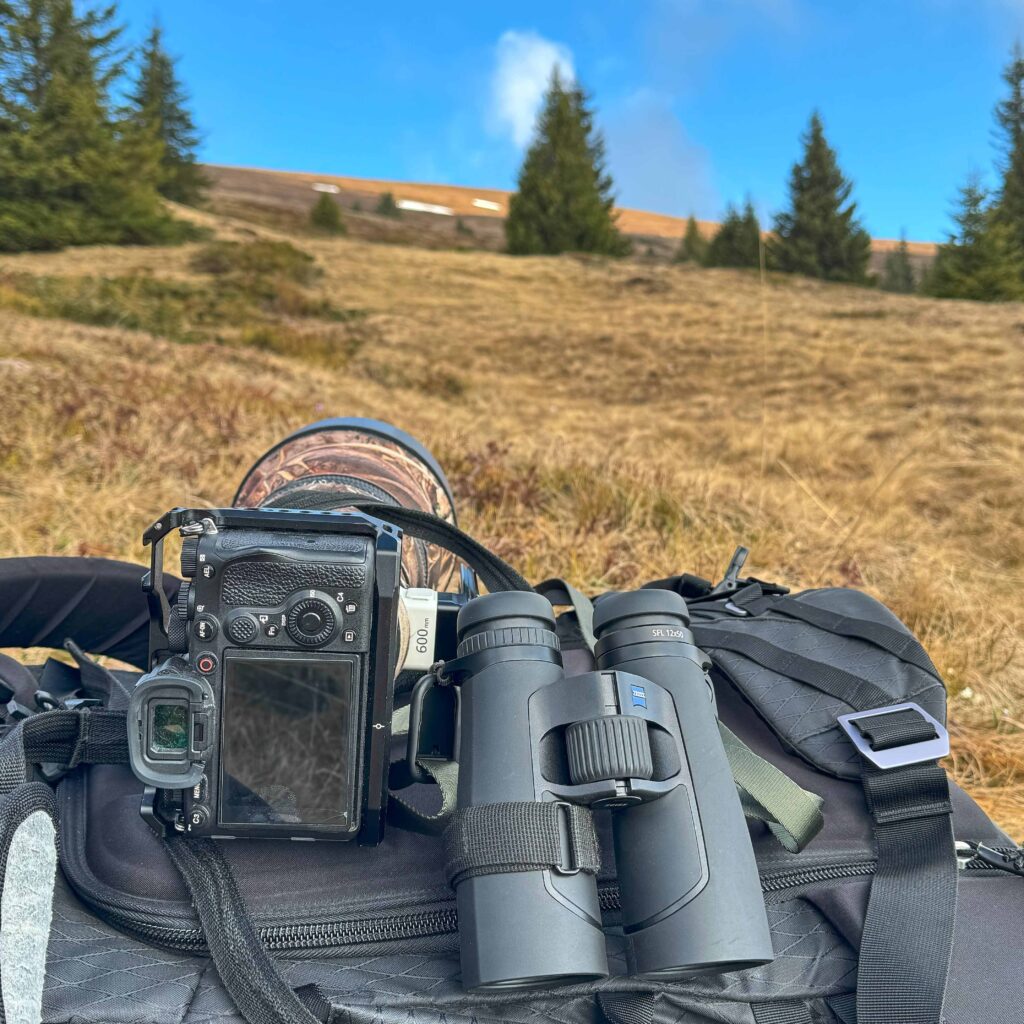
Day 3: From quarry to waterfowl paradise – versatility test
The last day put the versatility of the SFL 12×50 to the test once again. First we visited a sun-drenched quarry where horned otters lay almost invisibly hidden between the boulders. Thanks to the exceptionally short focusing distance of just 1.8 meters, we were able to discover the animals in the first place – and then impressively study every detail of these fascinating snakes with the brilliant sharpness and colour fidelity of the SFL 12×50.
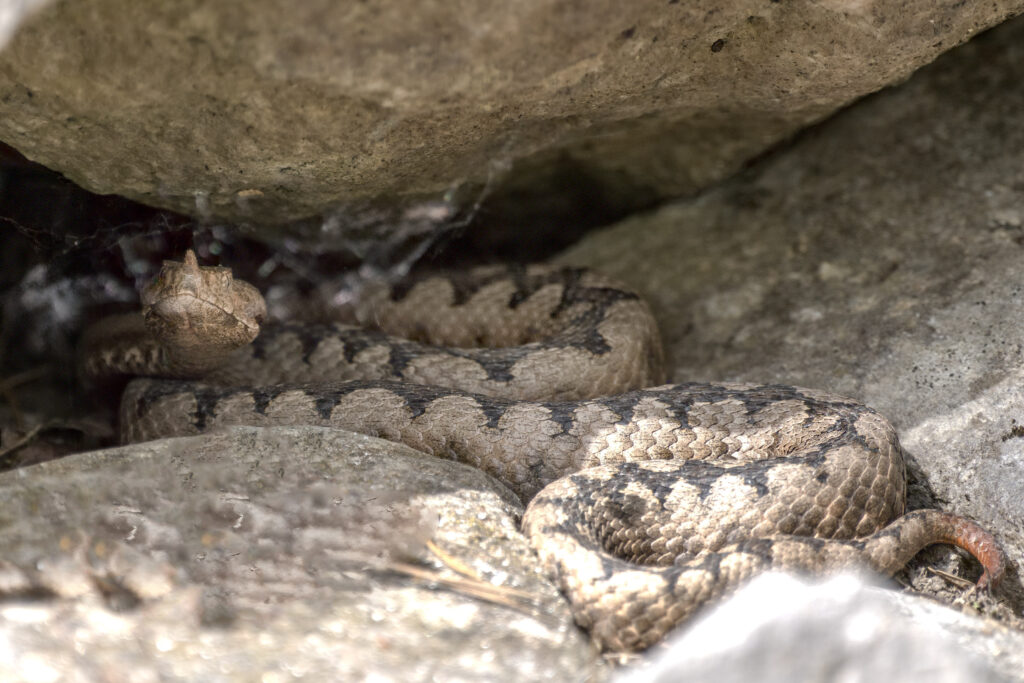
We then spent some relaxing hours in a waterfowl sanctuary. In the warm evening light, the colorful splendor of squacco herons and shelducks unfolded in impressive intensity. The high light transmission of the SFL 12×50 provided brilliant colors and rich contrasts. The observation of a Sedge Warbler singing was particularly impressive: even the finest structures of its plumage could be recognized in every nuance during the mating song – a prime example of optical brilliance.
At the end of the day, we checked the gull roost at nightfall for rare gulls and were amazed by the amazing twilight performance of the glass. Even in fading light, the image remained clear, rich in contrast and amazingly detailed.
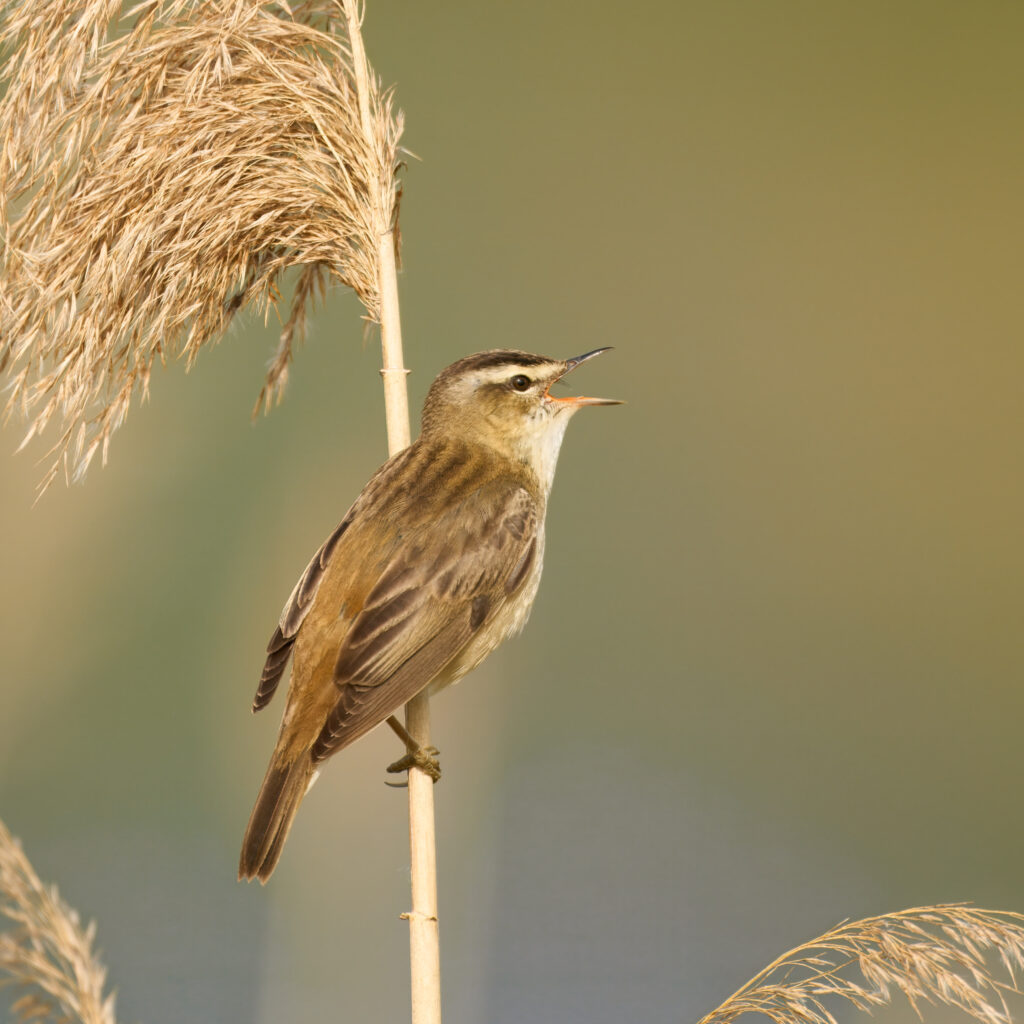
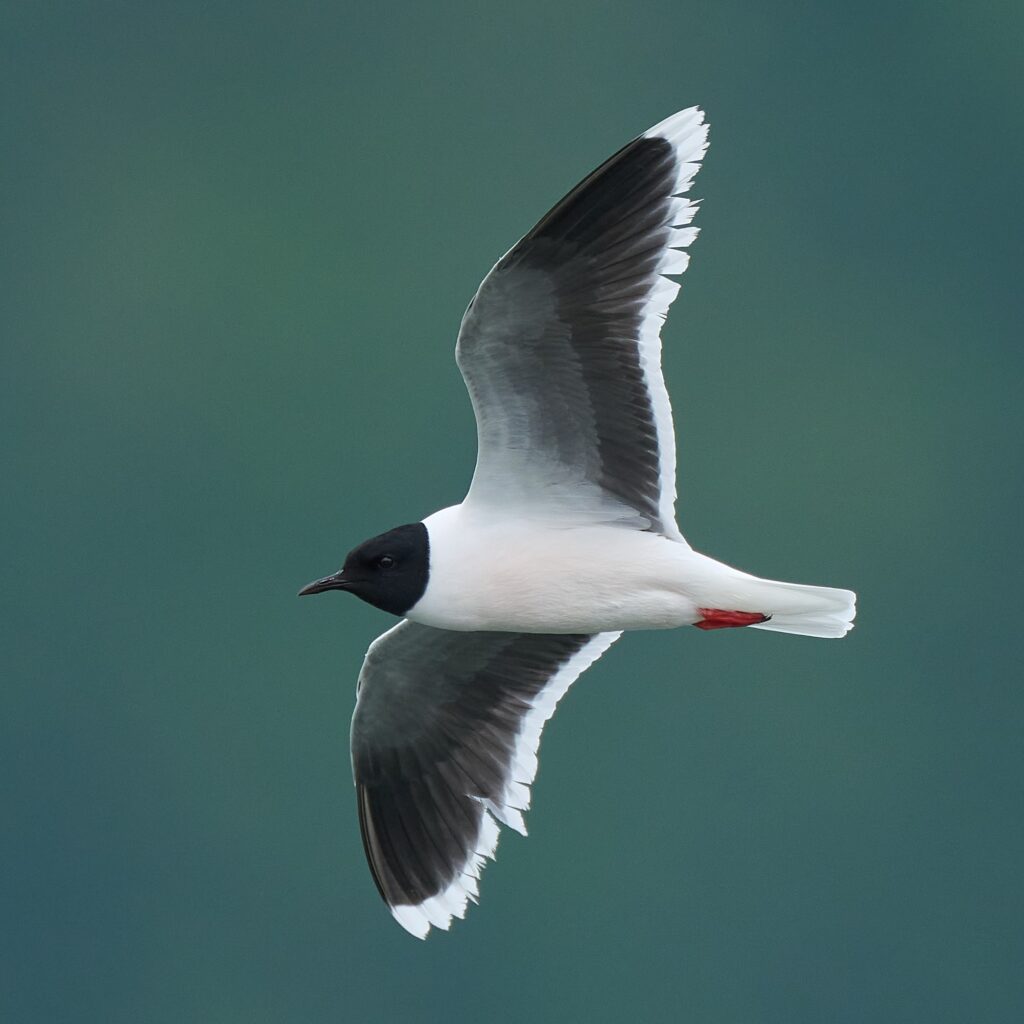
Conclusion: A new reference in the 12×50 class
The ZEISS SFL 12×50 proved in three intensive days that it is far more than just another pair of binoculars with high magnification. It is a well thought-out, lightweight, brilliant tool for ornithologists, birdwatchers and nature observers with the highest demands. For me personally – and also for Ernst – it is clear: the SFL 12×50 is a real asset in the field and has the potential to set new standards in the 12×50 class.